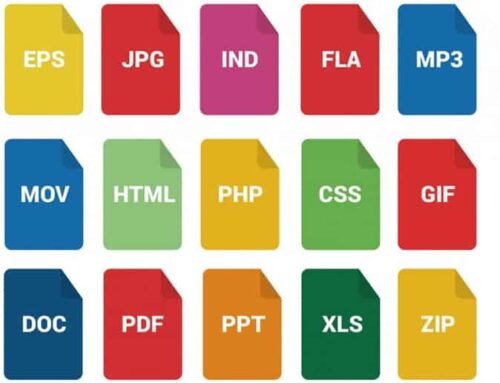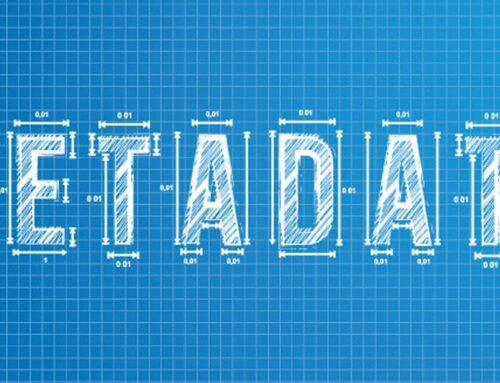4 Common E-Discovery Software Pitfalls to Avoid
All litigators understand the burden of ESI production.
What fewer seem to understand is how to handle the ESI that is produced for them. The legal review world is rife with conflicting opinions and misinformation about what constitutes an “effective” review. Some even claim that default system search tools can be used as your primary e-discovery software! This is rarely the best case, even when your review is small and appears straightforward. Dedicated e-discovery software is almost always necessary for an ESI review that doesn’t swallow your entire budget and destroy you project timetable. Keep an eye out for the following pitfalls when selecting this software:
1. The Wrong Platform
Choosing the wrong review platform is the first mistake that many litigators make. The type of program you need depends on your own unique review. Is it a native production? Do you have TIFF and load files to deal with? And what about metadata? Many ESI search tools aren’t optimized to deliver a comprehensive discovery across multiple databases and servers. On top of that, the fee structures and licensing costs of different review tools may make their use impossible or inefficient for your scale of review. Assess the scale of your review to determine whether you’ll need to go big with your dedicated discovery tools.
2. Lack of File Indexing
And speaking of platform requirements…
The more unique your review, the more likely you’ll need a higher-end discovery platform. Your discovery software should index as many file types as necessary; general search platforms might be cheap, but usually only index common file extensions. No legal review is simple. Even the smallest productions can contain broad and bizarre file types. Dedicated discovery review tools provide the biggest range of operability for file assessment, and can provide more comprehensive features in the way of contextual searching and predictive coding.
3. No Optical Character Recognition
In a perfect world, every file produced during discovery would be searchable from the get-go. Wouldn’t that be nice?
Unfortunately, our world isn’t so simple. This is why your discovery software must include optical character recognition functionality. ESI often comes in the form of scanned or otherwise non-searchable files, requiring the application of special software to extract the text in a searchable form. Given the multitude of file types that accompany ESI production, attempting to review without this functionality is a serious pitfall indeed. Most basic search platforms don’t include this benefit out-of-the-box; your team will need to verify that the software you choose has the capability of recognizing text on your image files.
4. Poor Exception and Error Handling
Your software of choice must accommodate exception and error handling.
Quality review platforms offer comprehensive reporting throughout each step of the process. Documentation of search exceptions, previous errors, and indexing history is necessary for litigators to improve their information governance during each review. This does more than just create traceable records for worst-case scenarios; streamlined systems of tracking and reporting increase discovery visibility and keep litigators updated on the parameters set for each search function. This reporting is essential for large-scale reviews and complex discoveries that create multiple subsets of groups for searching and indexing.
The Right Software for the Right Job
Don’t assume that the (supposed) simplicity or small size of your legal case means that any old software will do the trick. The legal review process is long enough as it is, already accounting for the majority of costs in any given legal case. Your client’s budget likely can’t afford the burden of un-optimized software use during the review process. Ask yourself how much data you need to review, what form will the data take, and whether specific analytic coding will be necessary for batch documents and tagging. These basic questions are the first steps of choosing the best discovery platform for the job.




